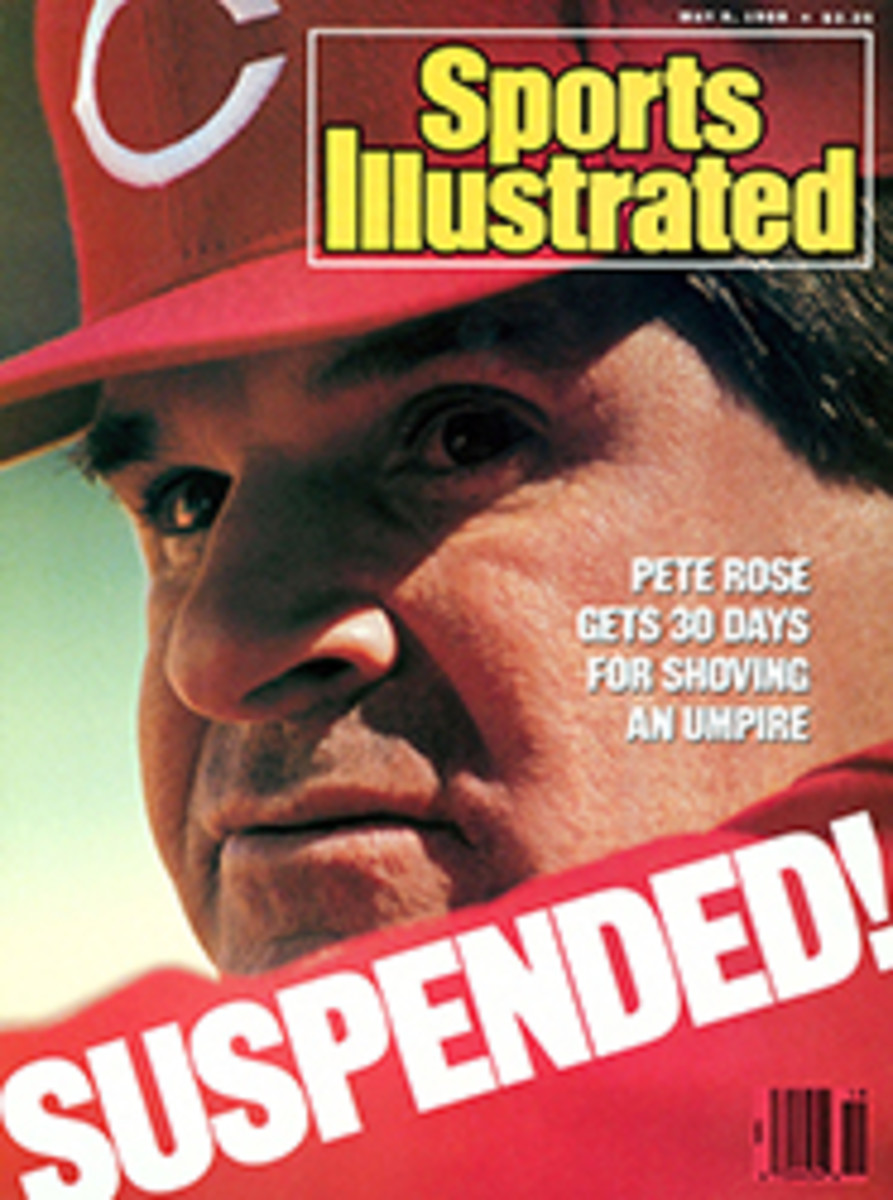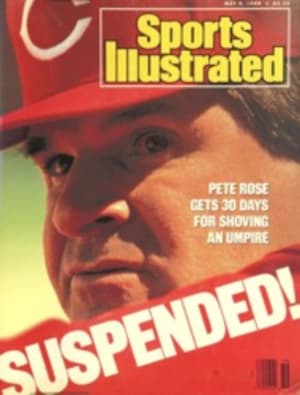
WELL WORTH A WAIT
Ten miles into the U.S. women's Olympic Marathon Trials in Pittsburgh on Sunday, where the course ran along the south bank of the Monongahela River, Margaret Groos strained to see the black dot that was 500 yards ahead of her. The dot was Sylvia Mosqueda, a senior from Los Angeles State who specializes in blazing starts and catastrophic burnouts. "My strategy," Groos would say later, "was to stay back with the lead pack no matter who went crazy."
Such restraint has not always been evident in the long career of the 28-year-old Groos. Thirteen years ago, at 15, she finished sixth in the TAC 1,500. She went to Virginia on a track scholarship and in 1981 ran a world indoor best of 15:34.5 in the 5,000. After graduating, however, Groos succumbed to a temptation that threatens to lead the most talented American runners astray—she spread herself too thin, running cross-country, track and road races. "I was erratic," she says, "and I let down a lot of people."
Groos could not afford to be erratic now. She was bunched with 11 other runners, and Mosqueda was more than a minute ahead. At 11 miles Groos leaned into the course's one big hill, knowing that the race would soon begin in earnest. Sure enough, as the pack hit the crest, another runner in the group, Nancy Ditz, the top-ranked U.S. woman marathoner last year, picked up the pace. "I put in a little surge," said Ditz afterward, "because I didn't like there being so many people there." Ditz's tactic had its intended effect: The pack splintered.
Besides Ditz and Groos, the two runners behind Mosqueda who looked the most relaxed were Cathy Schiro O'Brien—who at 16 had finished ninth in the 1984 Olympic trials in a still-standing U.S. junior best of 2:34:24—and Lisa Weidenbach. Surely no one in the field was more eager to make this Olympic team than Weidenbach. As an All-America swimmer at Michigan in '80, she had qualified for the Olympic swimming trials, only to see them canceled because of the U.S. boycott of the Moscow Games. In frustration, she quit swimming and began to run. Four years ago, she finished fourth in the marathon trials, just missing an Olympic berth.
Missing from the field was Olympic champion Joan Benoit Samuelson, and nothing that would happen during the race would affect it as profoundly as her decision not to compete. In the short history of women's marathoning, Samuelson is without peer. But Samuelson is not the runner she was four years ago when she demolished the competition at the L.A. Olympics. She hasn't entered a marathon since 1985, and she had a baby six months ago. A bad back kept her from running for most of February and March. By early April she was training again, and she put in two 100-mile weeks. But early last week, she tested herself with a 20-mile run. "I decided that if I felt good, I would go to Pittsburgh," she said.
Samuelson didn't feel good. What she felt wasn't pain but a "mechanical malfunction" in her back. She made her decision. "I'd be using the trials as a fitness test," she said, "and I have too much respect for the competition and the distance to do that."
At 15 miles, the ambitious Mosqueda was starting to respect the distance. Her stride was tight, and her face was clouded with effort. She still held a 51-second lead, but just past the 17-mile mark she looked behind her and did a double take. Her four pursuers now trailed by only 60 yards. When Ditz and Groos finally passed her at 17½ miles, Mosqueda made no move to keep up. She would drop out half a mile later.
The surge that carried Ditz and Groos past Mosqueda also pulled them away from Weidenbach and O'Brien. "When Margaret and I broke away, something happened—we both knew" Ditz said after the race. Running shoulder to shoulder, they passed 20 miles in 1:54:42, encouraging each other and checking on the progress of the others. They wanted to ensure that they got two of the three berths on the Olympic team. "Margaret and I had a lot of fun out there," Ditz said. "We helped each other."
The more experienced Ditz was a good tutor, perhaps too good. Just before the 22-mile mark, Groos pulled away. She looked serene, but could she hold up? Actually, this was a tougher Groos than the one who had finished fifth in the 1984 trials. She has since weathered considerable adversity. Several months after those trials, for which she didn't prepare properly, she moved to Colorado to train at altitude. Suddenly she developed terrifying symptoms. "My pulse at rest was 100," she says, "and it went up to 250 if I tried to run even two steps. I couldn't run a single mile in eight minutes without passing out."
For 10 months she suffered. Finally the ailment was diagnosed as Graves' disease, a thyroid condition that's thought to be stress induced. It was treated first with radioactive iodine and then with artificial thyroxine, which she must still take.
For two years, as the 5'6" Groos struggled to find the correct dosage of artificial thyroxine, her weight fluctuated drastically, from 115 to as much as 145. She raced too often and on too little training. A friend suggested she contact Al Schmidt, the cross-country coach at Florida State. He agreed to work with her, and in January she moved from her hometown of Nashville to Tallahassee. Schmidt doubled Groos's mileage, to 80 miles a week. Each week she did a 20-mile run over hills, pushing the last few miles. Once she ran the final mile in 5:09. "I have not missed a day," she said on Sunday. "As I ran the final miles today, I visualized myself out on my 20-mile loop. I've had training runs that put me further under than this race."
Groos used a 5:21 downhill mile to build her lead to eight seconds at the 24-mile mark. She continued to pull away over the final 2.2 miles and hit the tape in 2:29:50 to become the first U.S. woman to break 2:30 since Samuelson ran 2:21:21 in Chicago in 1985. Ditz held off O'Brien, finishing four seconds ahead of her in 2:30:14. All three had surpassed Samuelson's winning time of 2:31:04 at the '84 trials. Weidenbach came in fourth with a time of 2:31:06.
As the three Olympic marathoners embraced, it was hard not to be hopeful about their prospects in Seoul. While none of them is likely to match Samuelson's gold from 1984, a silver or bronze is possible. But before Sunday's race, Ditz, the veteran, said, "We tend to look to the past for our heroes, not forward to this year's heroes or the next's. There's going to be some wonderful story that comes out of this race."
TWO PHOTOS
JOHN BIEVER
The right coach, medicine and regimen were the three keys to victory for Groos (below).
PHOTO
GEORGE TIEDEMANN
Part of the joint effort of Groos and Ditz (10) was keeping a wary eye on their opponents.
PHOTO
GEORGE TIEDEMANN
Mosqueda left the field behind in the early going, but by 18 miles she had left the race.

